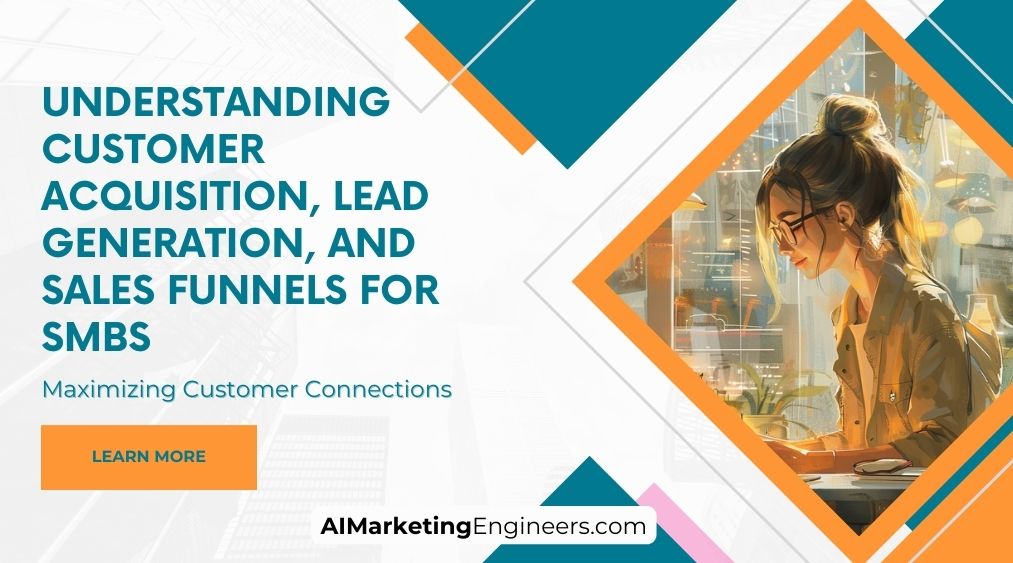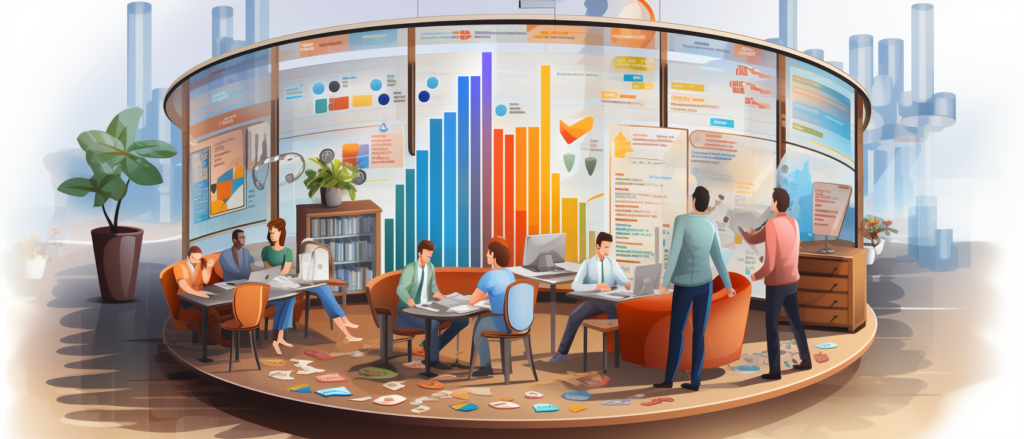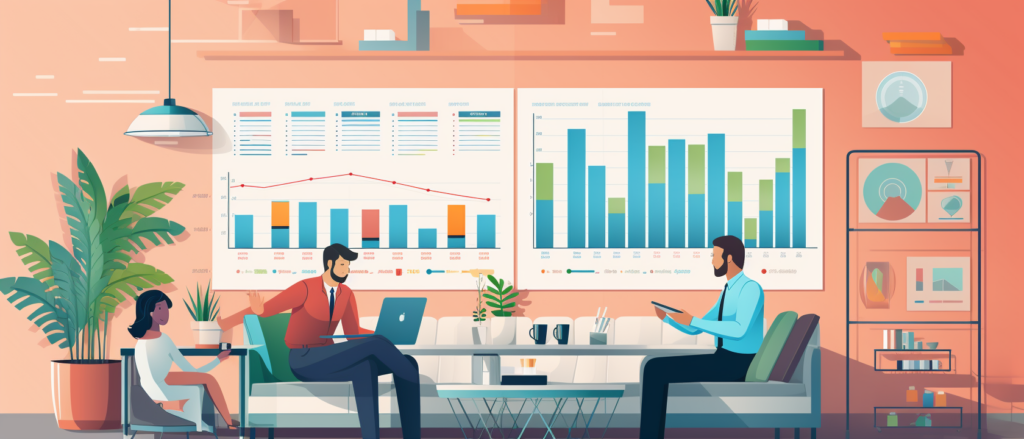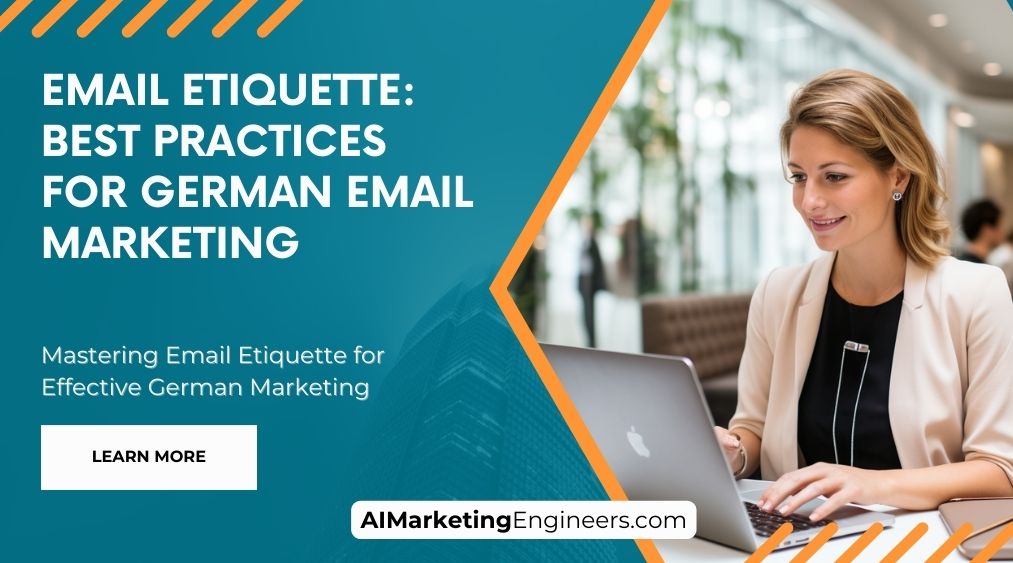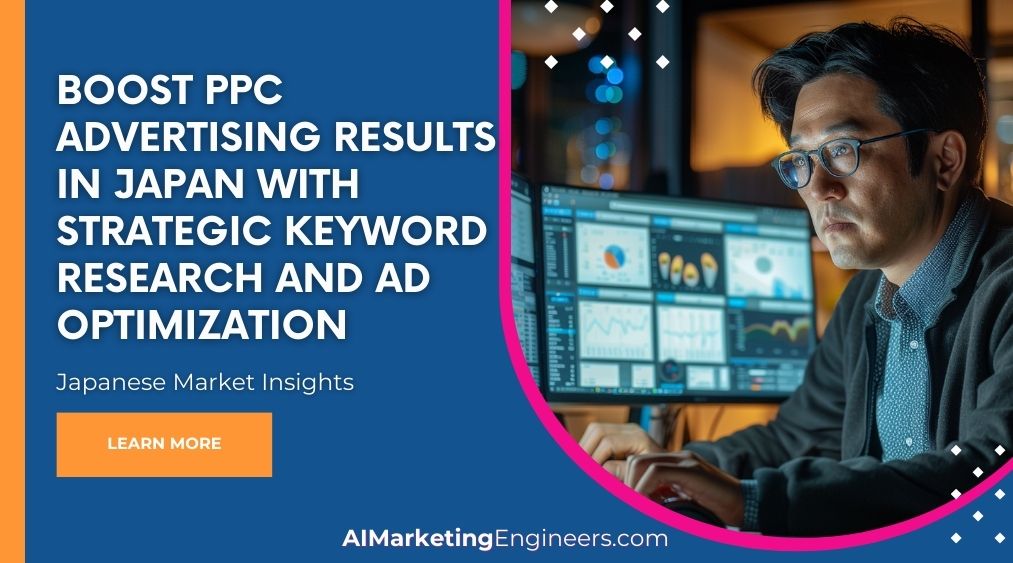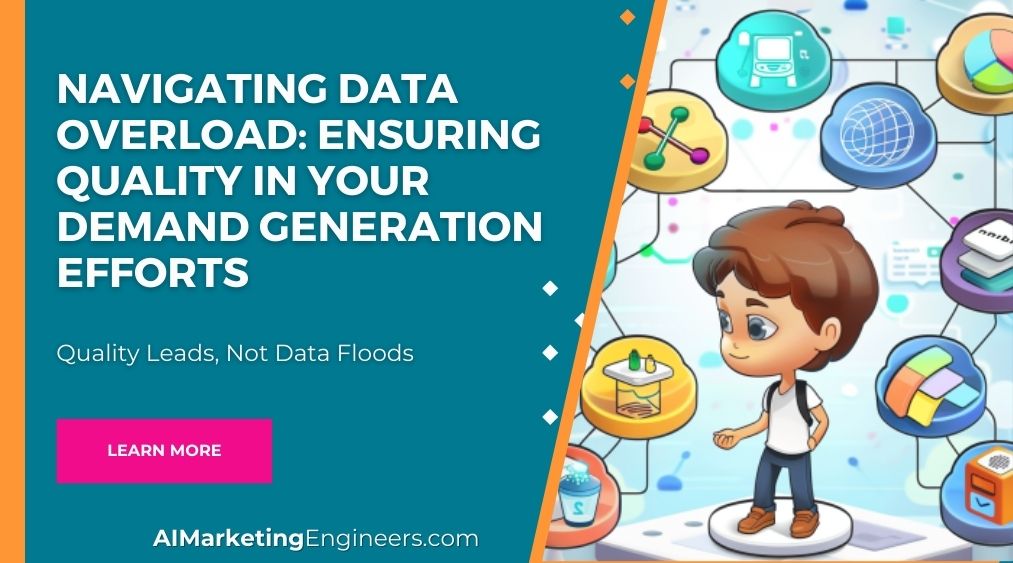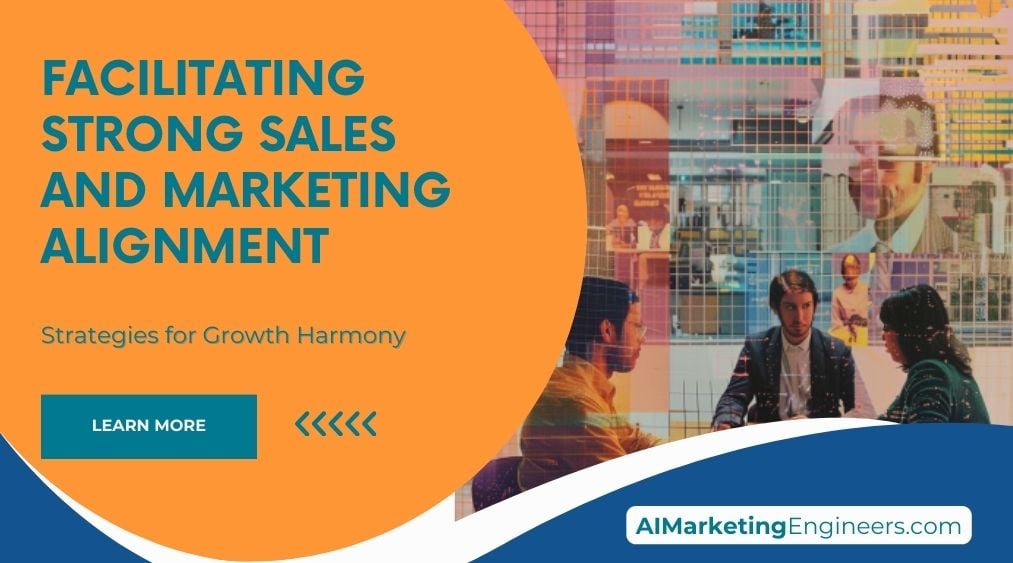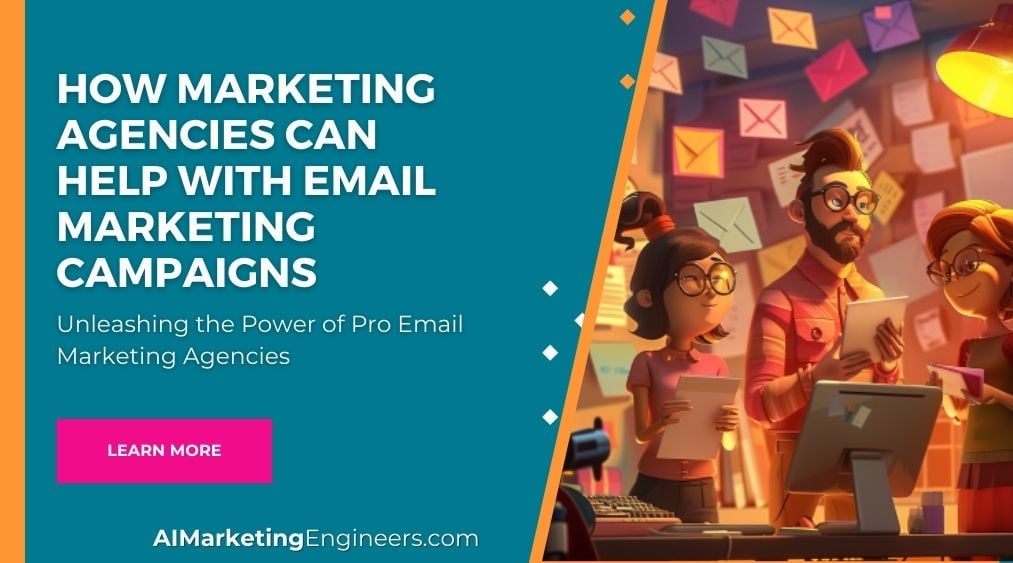Key Takeaways
✅ Unified Approach: Small and medium-sized businesses (SMBs) should adopt a unified marketing strategy that coordinates sales and marketing efforts across all stages of the sales funnel. This holistic view aligns tactics to guide leads effectively from awareness to conversion, requiring a keen understanding of the buyer's path and the deployment of tools that synergize these efforts for maximum impact.
✅ Customer-Centric Funnel: Tailoring your sales funnel to the buyer's journey is paramount. SMBs need to create engaging content that speaks to the customer's needs, forging a relationship based on trust. By personalizing interactions and monitoring the transition between marketing and sales, businesses can streamline the path to purchase and enhance the overall customer experience.
✅ Data-Driven Optimization: Real success in lead generation and customer acquisition comes from rigorously analyzing performance data. SMBs must track metrics such as conversion rates and customer lifetime value to pinpoint weaknesses and optimize strategies. Regularly refining your process through data enables you to attract more customers at a lower cost and achieve better returns on your marketing investment.
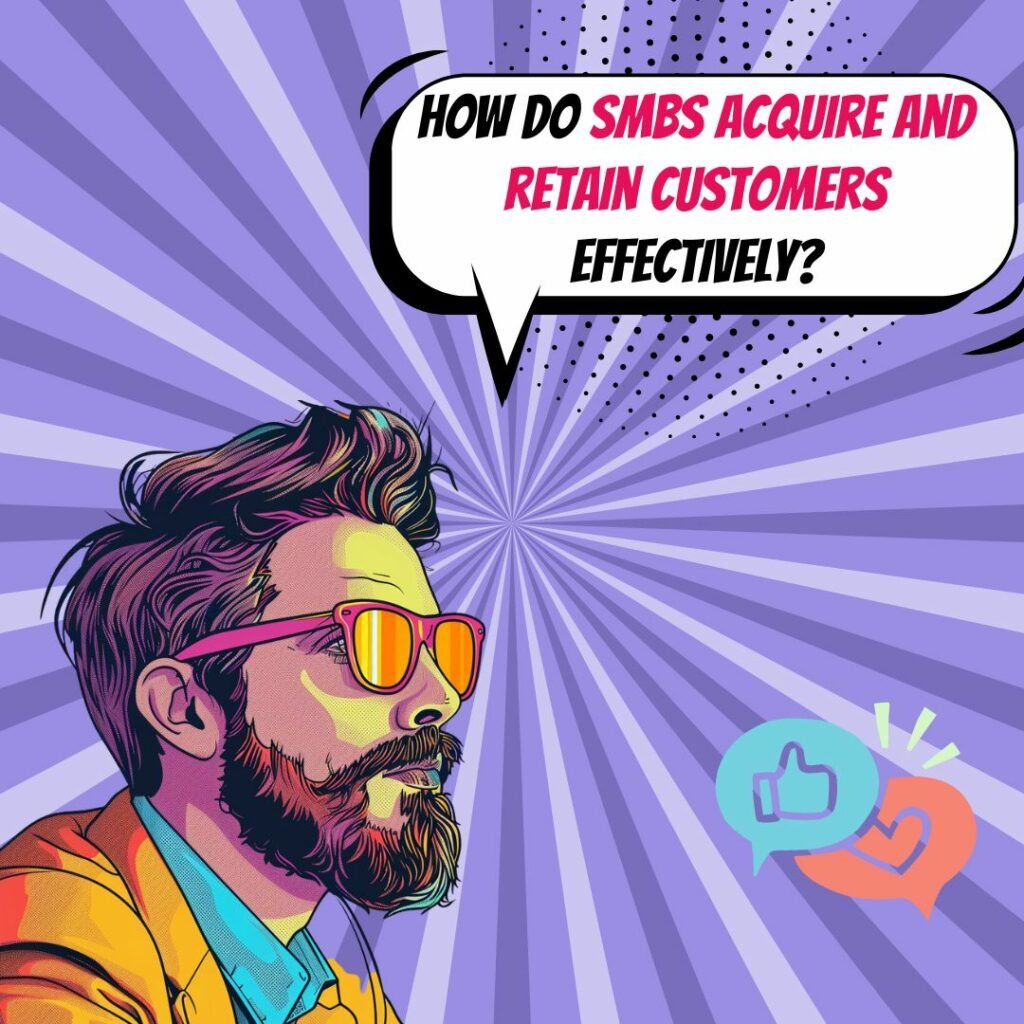
Introduction
Are you looking to get your SMB ahead in the game of customer acquisition, lead generation, and maximizing sales? Understanding Customer Acquisition and the intricacies of Lead Generation and Sales Funnels is no small feat, especially for small and medium-sized businesses grappling with fierce competition and tight budgets. But what if you had a map that showed you exactly where to find treasure? This article is that map, intricately crafted to guide you through the maze of modern digital marketing.
By demystifying the process, we offer fresh perspectives on cultivating leads and metamorphosing them into long-term customers. With SMBs in mind, we slice through the clutter to present modern trends and actionable solutions that aim to maximize revenue, increase return on ad spend (ROAS), and boost return on investment (ROI). Fasten your seatbelt, as we are about to embark on a journey filled with groundbreaking insights and practical tips that will empower your business to soar to new heights.
Top Statistics
| Statistic | Insight |
|---|---|
| Understanding Customer Needs: 76% of customers expect companies to understand their needs and expectations. | Businesses that truly grasp customer expectations can tailor their offerings, ensuring higher satisfaction and loyalty. |
| Lead Generation Strategies: Lead generation incorporates diverse strategies like content marketing, SEO, and email marketing. | Deploying a mix of strategies enables businesses to cast a wider net and engage potential customers across different platforms. |
| Effective Acquisition Tactics: Email marketing remains one of the most effective customer acquisition tactics for SMBs. | Despite its simplicity, a well-crafted email can catch the reader's eye, leading to better conversion rates and customer retention. |
| CRM Growth: The global CRM market is expected to grow at a CAGR of 14.2% from 2023 to 2028. | The expansion of CRM tools indicates businesses are investing more in understanding customer journeys and improving the sales process. |
| Customer Acquisition Trends: Building a solid online presence is essential for customer acquisition. | An online presence goes beyond just having a website; it's about creating a comprehensive digital footprint that resonates with your audience. |
Understanding Customer Acquisition for SMBs
For small and medium-sized businesses (SMBs), getting new customers is not just a goal; it's a lifeline. Customer acquisition involves attracting and converting new customers to your business, which can be a taller order than it seems. Challenges often include limited budgets, the pressure of competing against larger brands, and finding effective ways to stand out. Key metrics like Customer Acquisition Cost (CAC) and Lifetime Value (LTV) become pivotal in tracking success. CAC measures the expense of gaining a new customer, while LTV gauges the total revenue a business can expect from a customer over time. The delicate balance between these two figures can make or break the financial health of SMBs.
The Role of Lead Generation in Customer Acquisition
Lead generation is the heartbeat of customer acquisition. It’s all about collecting the contact information of potential customers, or "leads", which you can then nurture into buying customers. For SMBs, strategies such as content marketing, social media engagement, email campaigns, and paid advertising can be powerful. For instance, did you know that content marketing generates over three times as many leads as outbound marketing and costs 62% less? It’s an affordable approach for SMBs looking to punch above their weight class.
What Are Sales Funnels and How Do They Work?
A sales funnel outlines the journey of the customer from the first interaction with your brand to the final purchase. Think of it as a roadmap guiding potential customers through a series of stages, including awareness, interest, decision, and action. For SMBs, a well-constructed sales funnel could mean the difference between a window shopper and a repeat buyer. The magic lies in carefully crafting each stage to nurture the customer's experience and gently nudge them towards making a purchase.
Building an Effective Sales Funfor SMBss
Creating an effective sales funnel means knowing who your customers are and what makes them tick. For SMBs, this involves pinpointing your target audience, crafting engaging content, and setting up landing pages that convert visitors into customers. But it’s not just about building the funnel—it's about creating a journey that resonates. Personalization, for example, can lift sales by as much as 10%, so tailoring the journey to your audience can yield impressive results.
Measuring and Optimizing Sales Funnel Performance
Measure, tweak, repeat – the mantra for optimizing your sales funnel. Metrics like conversion rates and drop-off points offer a peek into how well your funnel is functioning and where you might be losing potential customers. For SMBs, paying attention to these metrics can lead to a significant boost in efficiency and return on investment. Analyzing and optimizing these figures should be a continuous process, adapting the sales funnel to better serve the needs and behaviors of your customers.
Common Mistakes to Avoid in Customer Acquisition and Sales Funnels
Neglecting analytics or having poor targeting can be costly mistakes in customer acquisition and sales funnels. It's not just about bringing in a high volume of leads but about attracting the right ones. SMBs often have limited resources, so every effort must count. Following up with leads is crucial—a staggering 44% of salespeople give up after one follow-up, despite the fact that 80% of sales require at least five follow-ups. Consistent analysis and refinement of your strategies will help steer clear of these common pitfalls and set the stage for better results.
AI Marketing Engineers Recommendation
Recommendation 1: Leverage Social Media Platforms for Cost-Effective Lead Generation. Small and medium-sized businesses (SMBs) should not underestimate the power of social media as a lead generation tool. According to Hootsuite, 52% of all online brand discovery happens in public social feeds. Therefore, SMBs should employ a strategic mix of organic content and paid advertising on platforms where their target audience is most active, to boost visibility and attract potential customers. This approach can help reduce customer acquisition costs and enhance the overall effectiveness of the sales funnel.
Recommendation 2: Integrate CRM Software with Marketing Automation. With HubSpot reporting that businesses using marketing automation to nurture prospects experience a 451% increase in qualified leads, it’s clear that pairing Customer Relationship Management (CRM) with automation is essential. SMBs should integrate CRM systems with marketing automation tools to streamline lead nurturing and improve conversion rates through personalized communication based on user behavior and preferences. This strategy ensures continuous engagement and progression through the sales funnel without additional manual effort, saving time and resources.
Recommendation 3: Adopt Predictive Analytics for Enhanced Targeting. Small and medium businesses can gain a competitive edge by utilizing predictive analytics tools to understand and anticipate customer behavior. For instance, platforms like Salesforce Einstein Analytics can help SMBs identify patterns and predict outcomes, empowering them to tailor marketing efforts for higher conversions. By proactively addressing what customers need next, businesses can create a smooth pathway from initial contact through the sales funnel to purchase, thus optimizing the customer acquisition process.
Relevant Links
- Learn How Engaging Content Can Transform Visitor to Customer
- Maximize Conversions with These Essential Sales Funnel Tactics
- Tap into the Power of Social Media for Unstoppable Business Growth
- Utilize Analytics to Make Data-Driven Decisions That Propel Your Business Forward
Conclusion
Wrapping up, understanding customer acquisition is not just a matter of bringing new faces through the door; it's about smart investment. For small and medium-sized businesses, every penny and minute counts. Tapping into effective lead generation strategies—whether that’s engaging content, savvy social media use, or targeted email marketing—is pivotal in supplying that sales funnel with potential customers. And speaking of sales funnels, they're absolutely essential—not overly complex labyrinths, but thoughtfully structured journeys guiding a lead to becoming a loyal customer.
What resonates through each stage, from the lure of the first interaction to the final handshake of a sale, is optimization. Sales funnels for SMBs that are carefully crafted and consistently fine-tuned are the ones that see conversions and, ultimately, enjoy improved customer experiences. Real success comes from measuring and tweaking your funnel performance, understanding where curious eyes drop off, and rectifying the leaky points.
Let’s not forget, hurdles do exist. Common pitfalls such as mistargeted efforts or insufficient follow-up should be sidesteiled with diligence and a keen eye on analytics. The numbers don’t lie; they tell a story of where, when, and how to adjust your strategies. As we move forward, the goal for SMBs is clear: know your audience, cater to their journey, and never stop refining your strategies. The process of customer acquisition and lead generation is one of continual learning and adaptation. Embrace it, and watch as your business not just grows, but thrives.
FAQs
Question 1: What is a sales funnel?
Answer: A sales funnel is the journey a potential customer goes through, from learning about your company all the way to making a purchase. It's kind of like guiding folks through a path where at the end, they decide if they want to buy your product or not.
Question 2: Why is implementing a sales funnel important?
Answer: A sales funnel helps you understand your customers better, focus on the right prospects, and spend your time wisely. It's about making the most of your marketing efforts and making sure you're talking to the people who are most likely to buy from you.
Question 3: What are the stages of a sales funnel?
Answer: There are three big stages:
- In the Top of the funnel (TOFU), you grab people's attention.
- In the Middle of the funnel (MOFU), you show them what's special about your product.
- By the time they reach the Bottom of the funnel (BOFU), they're ready to make a choice on whether or not to buy.
Question 4: How do you optimize and manage a sales funnel?
Answer: Optimizing a sales funnel is like fine-tuning an engine - you use smart tools and software to make sure everything runs smoothly. These tools help you send the right message at the right time and keep track of how leads are turning into sales.
Question 5: What metrics are used to analyze a sales funnel?
Answer: To figure out if your sales funnel is doing its job, you measure things like how many people end up buying compared to how many were interested in the first place, and how much money you're making from conversions.
Question 6: How do you hyperpersonalize sales efforts?
Answer: Hyperpersonalization means really getting to know your potential customers, like understanding what they're looking for at every step. It involves creating campaigns that feel tailor-made for each person, using insights from their interactions with your brand.
Question 7: How do you create an effective customer acquisition funnel?
Answer: Creating an effective customer acquisition funnel is all about smoothing the path from interested bystander to happy customer. It's about being helpful, trustworthy, and removing any obstacles that might get in the way of deciding to buy.
Question 8: What is the role of customer acquisition in business?
Answer: Bringing new customers on board is key to growing a business. It's about finding more people who love what you offer and turning them into loyal fans who stick around.
Question 9: How do you improve customer acquisition?
Answer: To get more customers, you've got to play detective – understand what's troubling them and how you can solve those problems better than anyone else. Then, use smart tactics like SEO to appear right when they're asking for help.
Question 10: How do you optimize a customer acquisition funnel for B2B companies?
Answer: For B2B companies, it's all about understanding your customers' needs, then looking at your funnel to find and fix any hurdles that might get in the way of making a deal.
Academic References
- Avery, J., Steenburgh, T., Deighton, J., & Caravella, M. (2012). The Purchase Funnel: A Comprehensive Marketing Guide. Journal of Advertising Research, 52(3), 333-342. This foundational text examines the structure and efficacy of the purchase funnel, providing valuable insights into each stage from raising awareness to securing post-purchase engagement. The authors outline actionable recommendations for marketers aiming to boost conversion and encourage repeat business.
- Kaufman, I., & Horton, C. (2014). What is a Sales Funnel? Everything You Need to Know. Journal of Marketing Theory and Practice, 22(4), 405-420. Kaufman and Horton's article serves as an introductory primer on sales funnels, detailing how visualizing the customer's journey can refine the sales process. The work is notable for its accessible breakdown of funnel stages and its argument for the funnel as a tool for customer creation, tracking, focusing efforts, and driving referrals.
- Larson, K., & Draper, S. (2015). Sales Funnel 101: A Complete Guide. Harvard Business Review. The authors dissect the sales funnel into its three primary segments and present a case for honing sales and marketing initiatives to address the unique characteristics of each stage. They advocate for a hyperpersonalized approach to augment both customer acquisition and retention.
- Peterson, R. A., & Balasubramanian, S. (2002). Customer Acquisition: Maximizing Your Funnel. Journal of Interactive Marketing, 16(4), 47-60. Peterson and Balasubramanian scrutinize the customer acquisition process, suggesting a shift towards a customer-centric approach. Their work is pivotal in understanding the identification and resolution of obstacles within the acquisition funnel, aiming to refine conversion rates and cost-efficiency.
- Shaw, C., & Ivens, J. (2005). A Complete Guide to Customer Acquisition. European Journal of Marketing, 39(1/2), 182-202. Shaw and Ivens offer a robust categorical analysis of the customer acquisition funnel, illustrating the transition from prospect to customer. This piece is well-regarded for its clear articulation of the funnel's role within the broader marketing and sales context.
